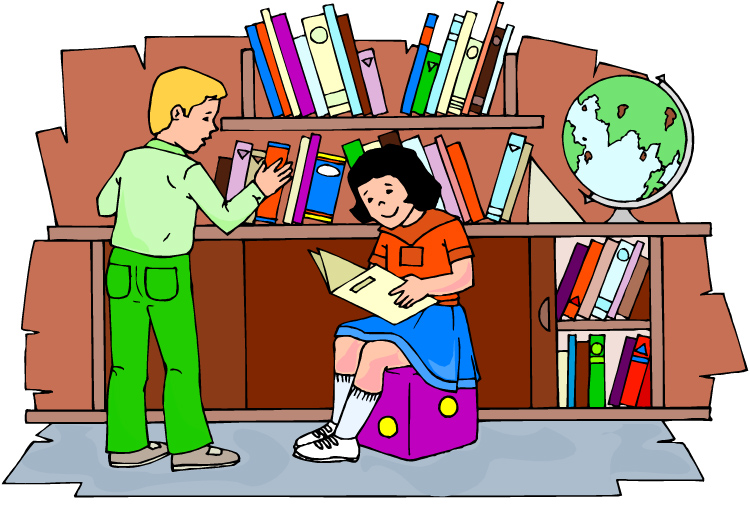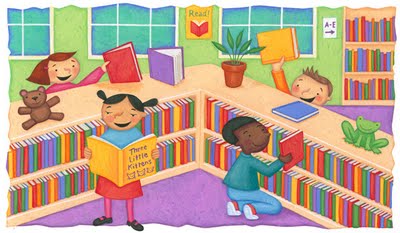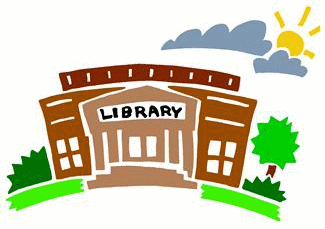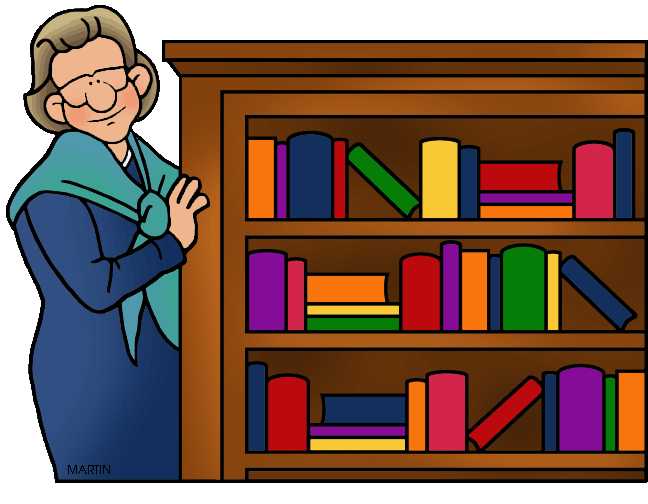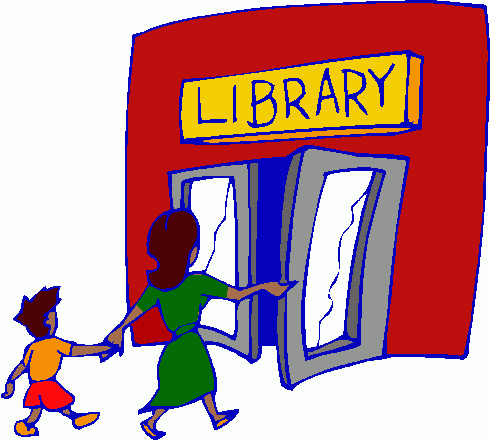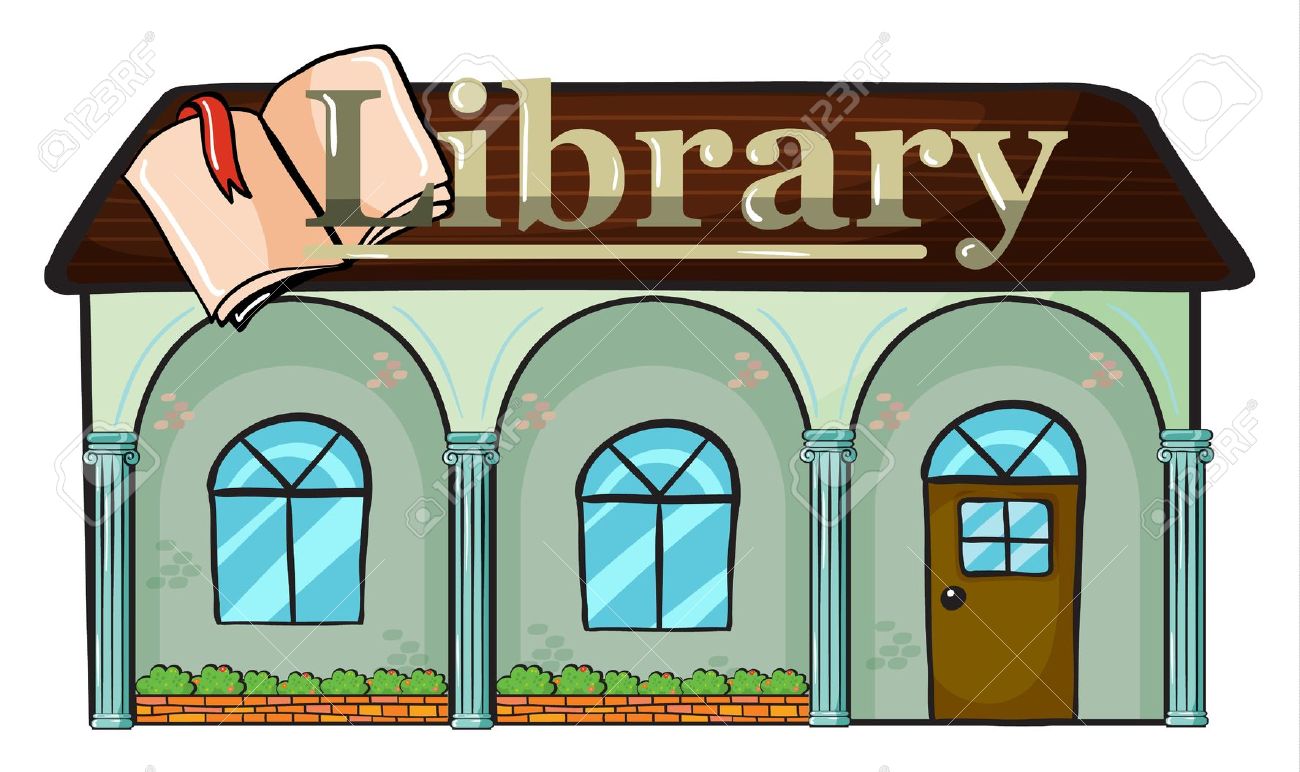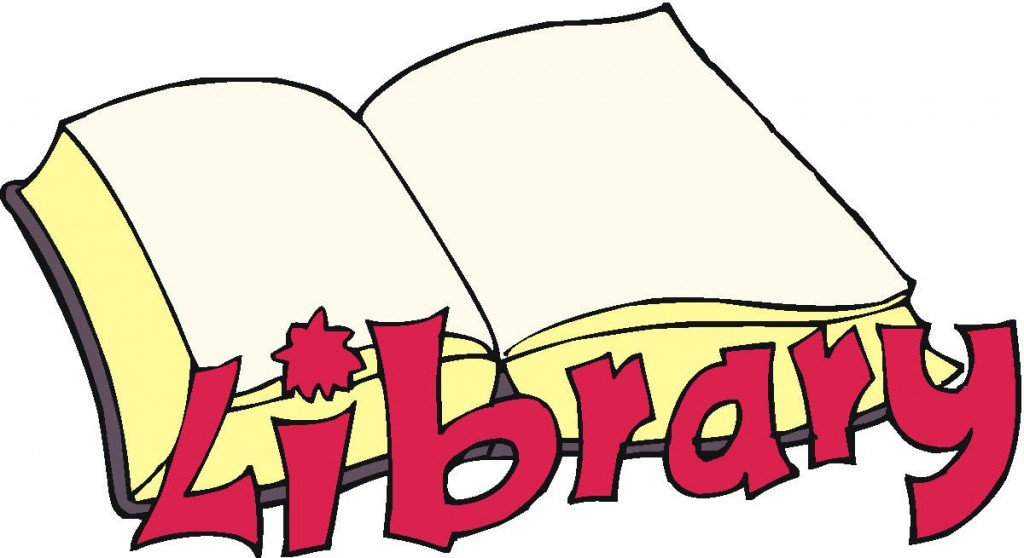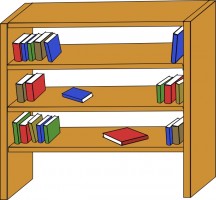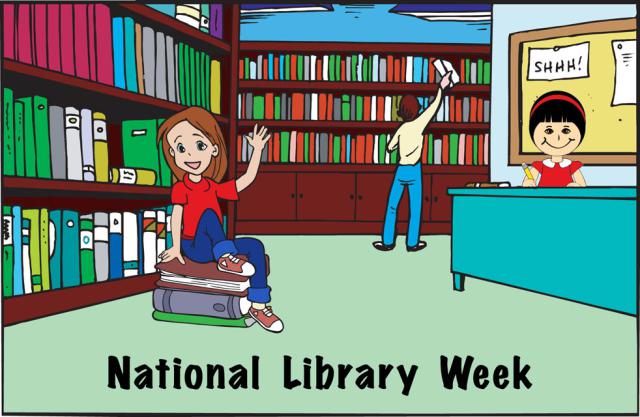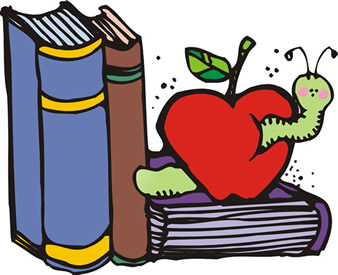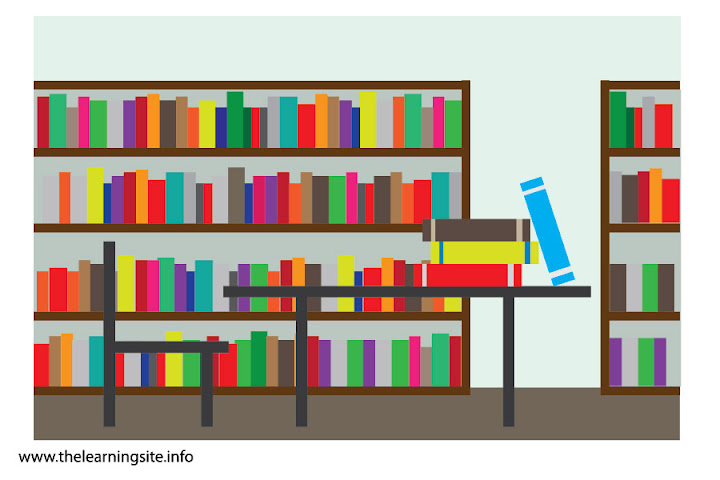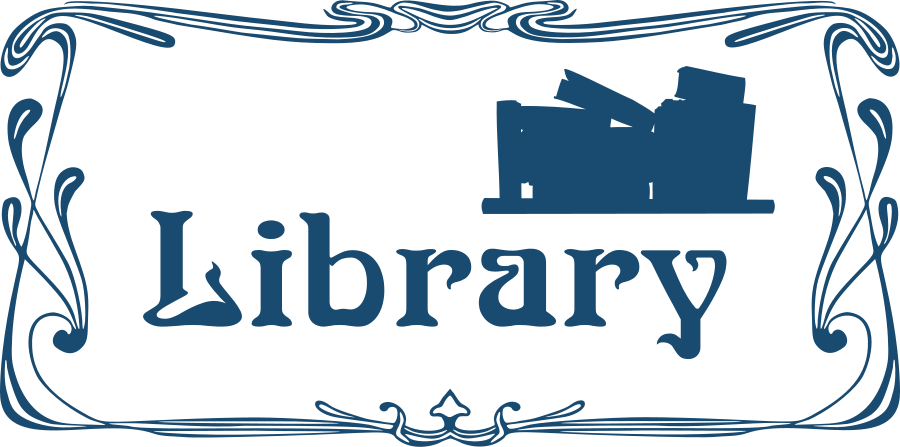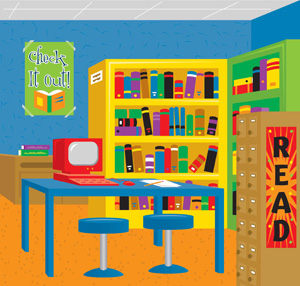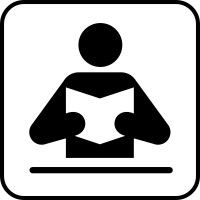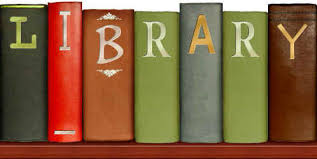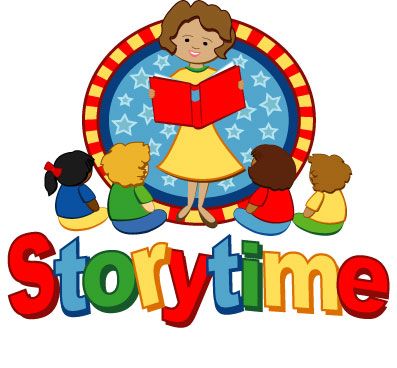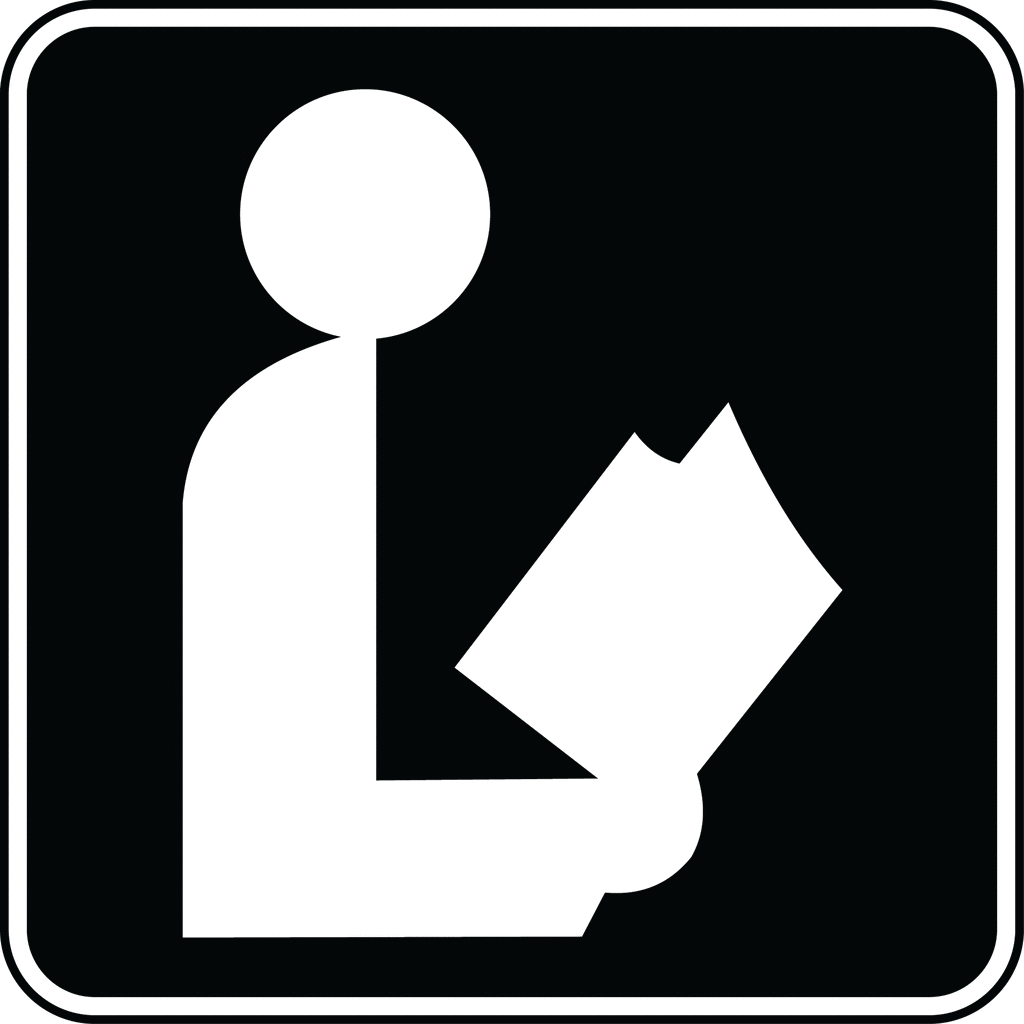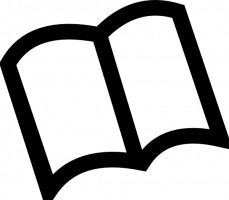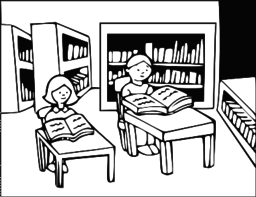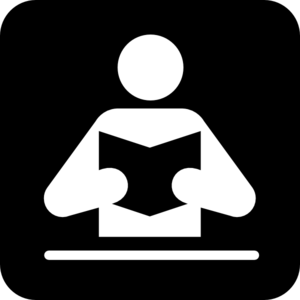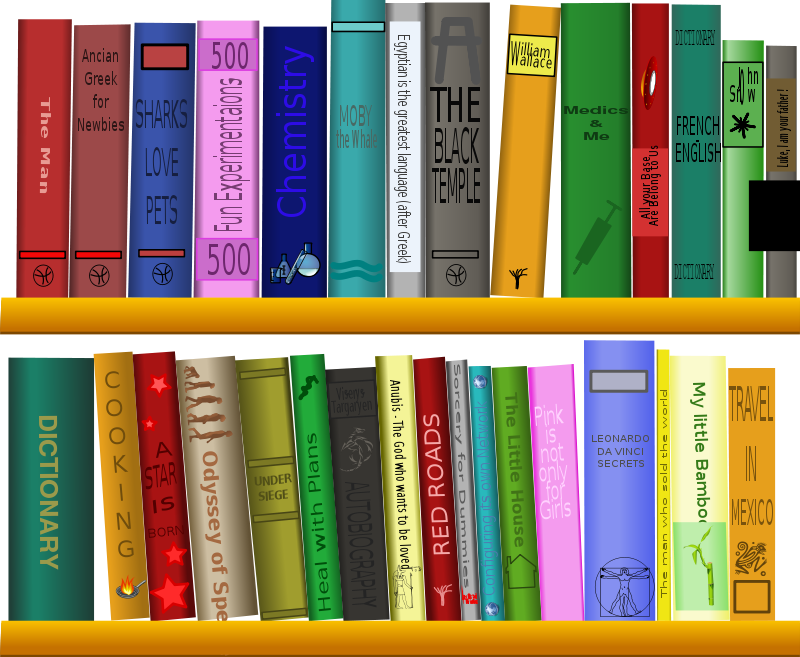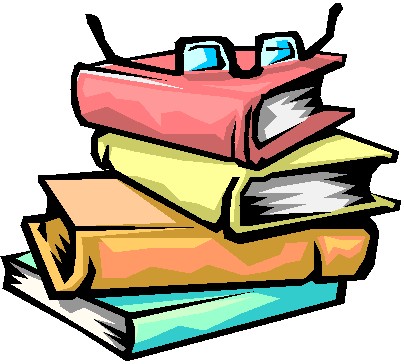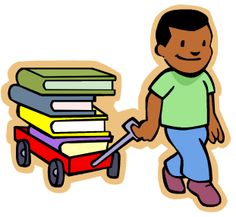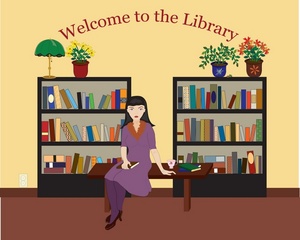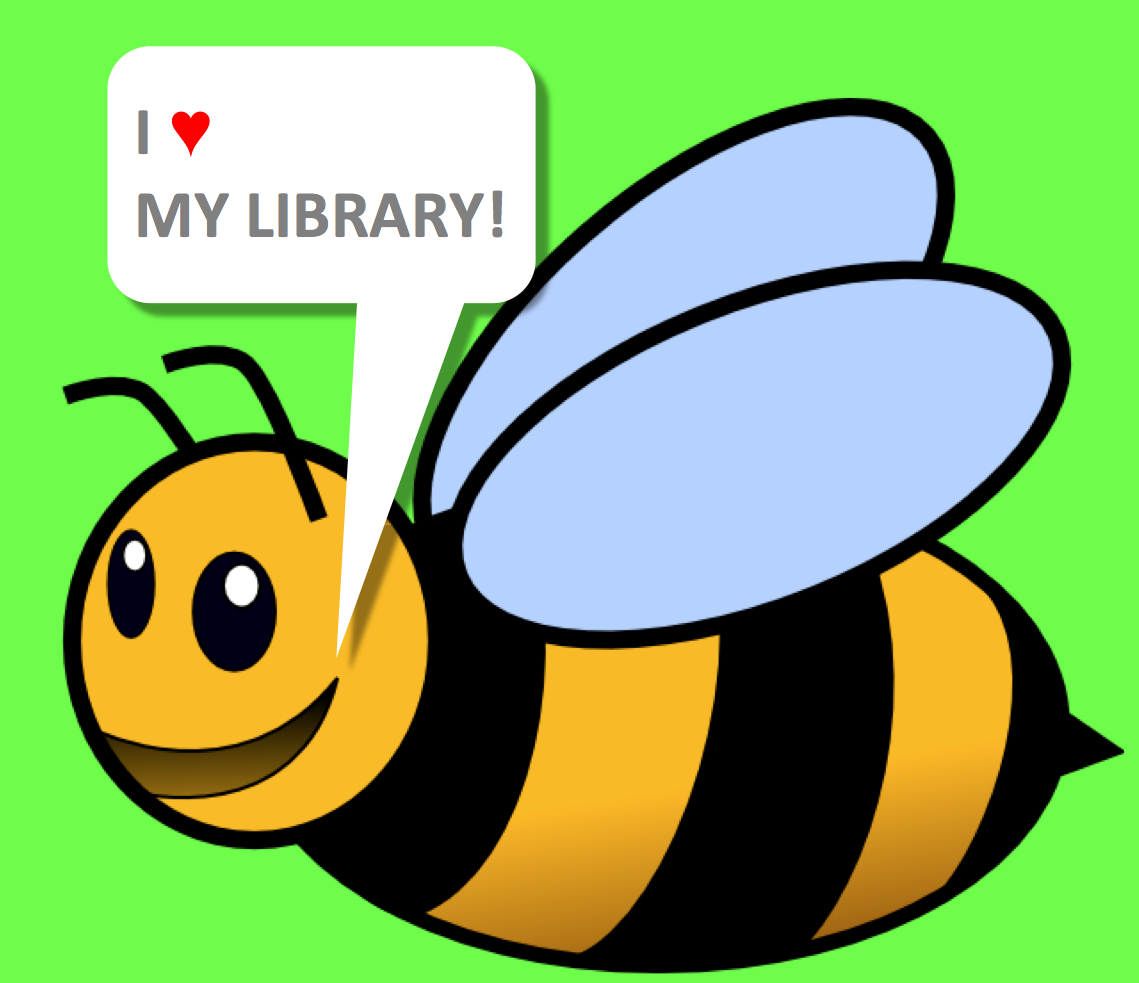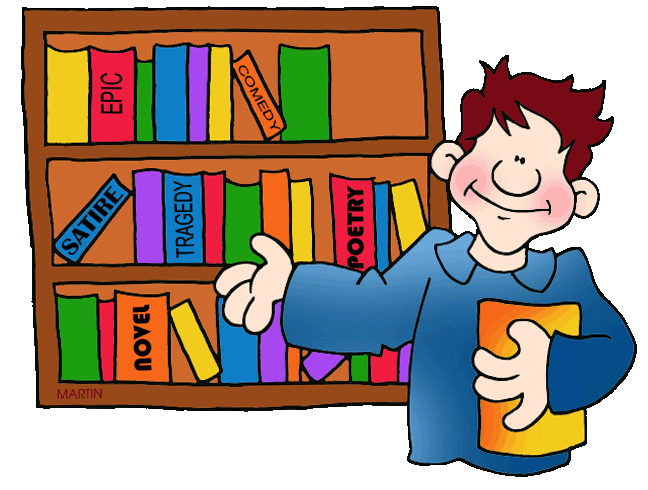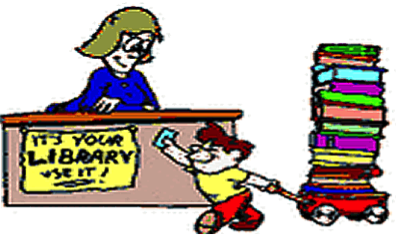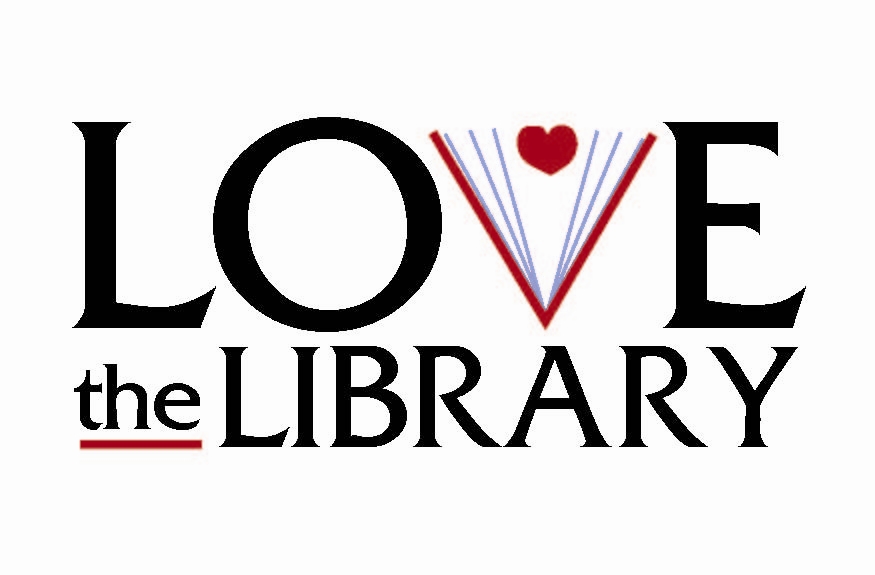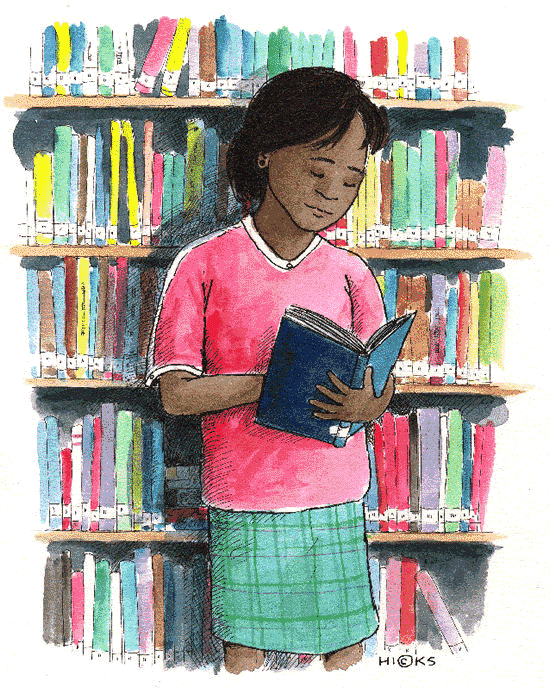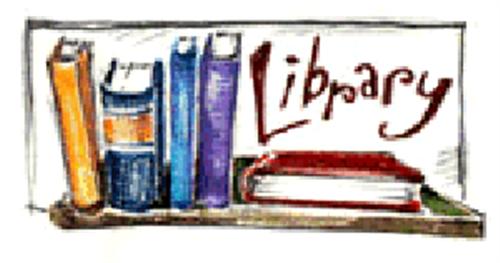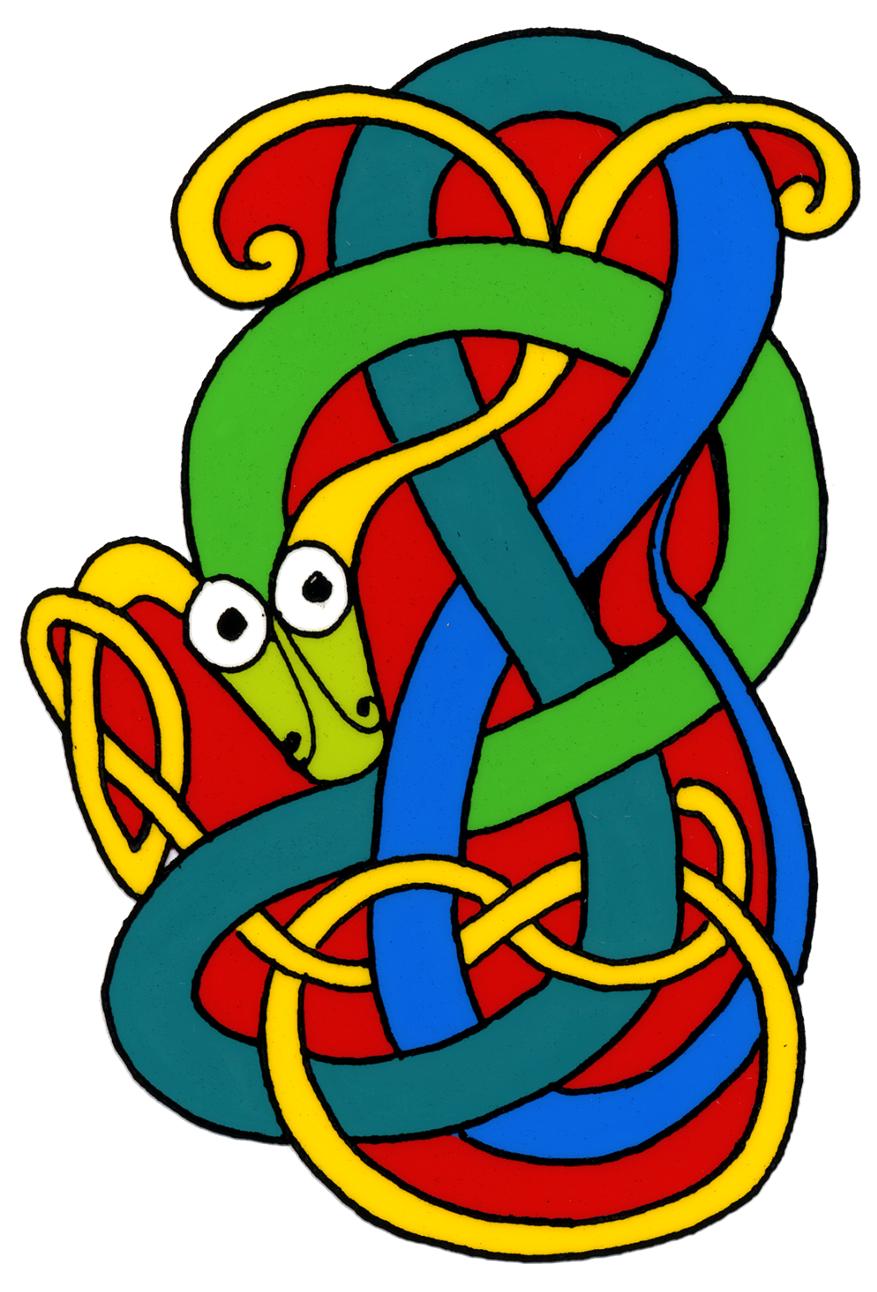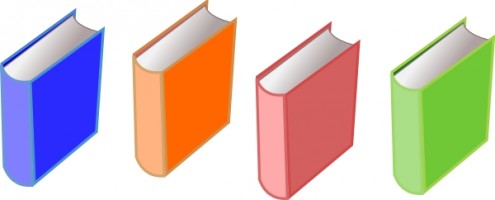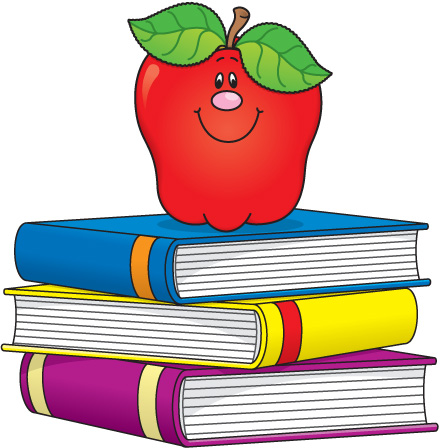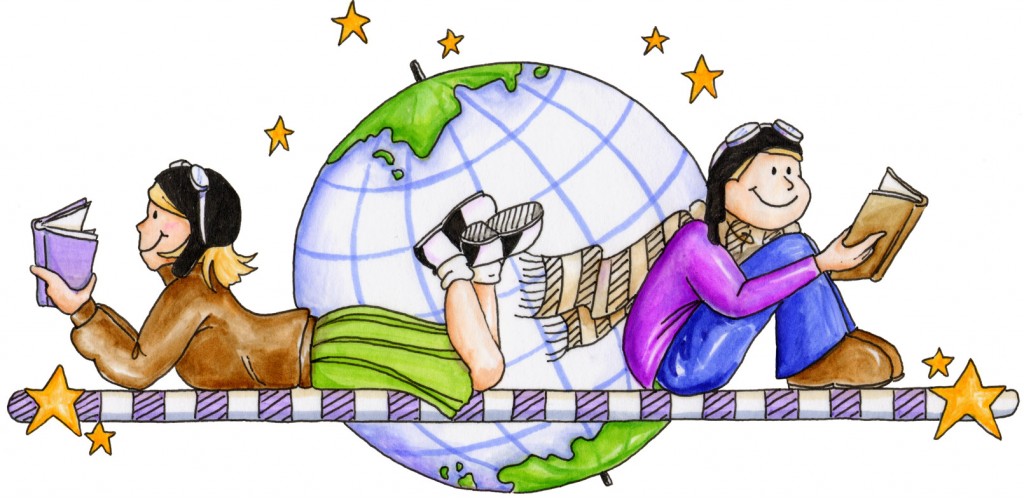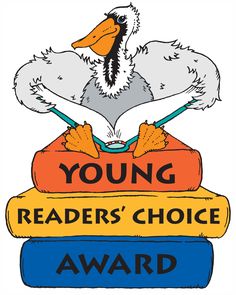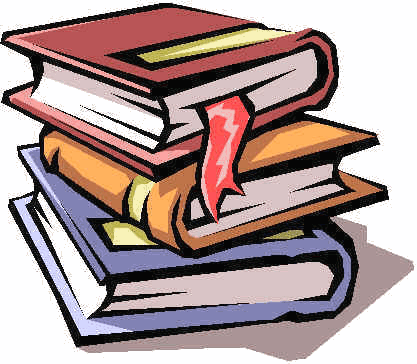Library Clipart
Libraries have served as important centers of knowledge, resources, and community engagement for centuries. The earliest libraries date back over 5000 years to collections of clay tablets stored in temples and palaces in ancient Mesopotamia. As civilizations developed complex written languages and record keeping systems, libraries became a way to preserve this knowledge. Early libraries were private collections exclusively for elite scholars, politicians, and religious figures. However, over time public lending libraries emerged, allowing knowledge and information to be more accessible. Libraries continue to evolve along with advances in technology and society’s needs, but their essential purpose remains – to provide diverse information resources to educate, enlighten, and empower communities.
Types of Libraries
There are many different types of libraries that serve specific needs:
Public Libraries
The most common, public libraries aim to serve the general public in a community or region. They receive funding through local government sources, private donors, and grants. Public library collections include all kinds of media and programming for adults, children, families, and other demographic groups.
Academic Libraries
Found within colleges, universities, and other academic institutions, academic libraries primarily serve students, faculty, and researchers. Their collections strongly support the academic institution’s curriculum and areas of study/research. Academic libraries are funded by their institutions and strive to offer access to diverse scholarly resources and services including interlibrary loan.
Special Libraries
Special libraries include those within government agencies, private companies, medical facilities, law firms, religious organizations, museums, and more. They specifically support the specialized information needs of their parent organization and constituents. Policies and collections are tailored to their communities.
Digital/Virtual Libraries
Digital or virtual libraries provide online access to digitized and born-digital resources. The evolve with advancing technology to improve remote information access and meet user needs through electronic search systems, databases, and interactive web platforms. They supplement and expand access beyond physical library buildings.
Library Sections
Within library buildings, there are identifiable sections and services:
Stacks – The stacks contain range upon range of shelving to house library materials also known as the “circulating collection.” Resources are organized by call number and can be browsed by patrons directly.
Reference Section – Filled with encyclopedias, dictionaries, atlases, specialized databases, and more, the reference section contains materials to be consulted but not removed from the library. Reference librarians offer specialized assistance in this section.
Circulation Desk – The circulation or check-out desk allows patrons to borrow and return materials. Librarians staffing this critical point manage due dates and fines, library accounts/registrations, and customer service.
Reading Areas – Libraries offer open seating areas for patrons to study, read for leisure, use technology, or work collaboratively. Spaces may include large reading rooms with printing/copying services or cozy corners for quiet enjoyment of the library’s resources.
Computer Labs/Makerspaces – Many modern libraries provide banks of public computers and devices enabling Internet access, word processing software, research database use, and more. Some libraries feature creative digital labs and workshops dubbed “makerspaces.”
Library Resources
Libraries collect so much more than just books, they offer diverse informational, recreational, and educational resources through:
Materials Collections
The foundation of public and academic libraries remains the carefully developed print collection of books, reference sources, government documents, special collections, archives, magazines/periodicals, newspapers, and more. But libraries also amass movies, music, audiobooks, maps, microfilm/microfiche, and tools.
Digital Collections
More libraries are expanding into extensive eBook, streaming media, database, image gallery, and journal collections to supplement traditional media. These provide 24/7 remote access possibilities to authenticated users.
Librarians/Library Staff
The human resources at the library provide expert service and programming guidance. Librarians require a Masters level library information science degree credential specialized skills and knowledge for assisting diverse patrons. Other library workers handle day-to-day operations.
Community Spaces
Libraries often provide dedicated spaces for meetings, lectures, story times, book clubs, student homework groups, and more. Community groups can gather and interact through vibrant programming.
Library Technology
Behind the scenes infrastructure and modern systems enhance libraries:
Integrated Library Systems
These critical database management systems track circulation, item status, patron accounts, and acquisitions. Library staff rely on these central hubs to maintain accounts, check out materials, assess fees, run reports, etc. Popular commercial platforms include Sierra and Horizon.
Public Access Catalogs
online public access catalogs (OPACs) evolved from old card catalogs to allow users to directly search library collections from home computers or within the library itself. Patrons can locate materials, place holds/requests, renew books, access accounts, etc.
Automated Materials Handling
Technology enhances circulation operations through automated materials handling systems, self-check kiosks, and radio frequency identification (RFID) tagged items. Libraries worldwide implement these to increase self-service options.
Computers and WiFi
Public computing resources including desktop computers, laptops, tablets, and printers enable patrons to use software, access the Internet/databases, digitize and upload content. Robust WiFI services allow user owned devices to connect within the library.
Applications and APIs
Many libraries adopt customized mobile/web apps to facilitate access. Application program interfaces (APIs) enable linked open data possibilities and integrated search across collections through platforms like Europeana, Digital Public Library of America (DPLA) and more.
Library Access and Membership
While libraries aim to serve whole communities, they implement membership policies and privileges to maintain resources integrity:
Library Cards
Official library cards register community members and students with their local library system/branch. Patrons present cards to check out materials, access restricted services/computers, and remotely reserve or renew items. eCards also facilitate access.
Circulation Terms
Libraries allow members to borrow resources for set loan periods ranging from a week or two for high-demand titles up to a year for specialized items. Members must adhere to return dates or risk fines, suspension, retrieval fees, or replacement costs.
Interlibrary Loan
More specialized, rare, or obscure resources may reside in different library collections. Interlibrary loan policies enabled members to request materials from partner institutions and transport items directly to local branches or digitally access them.
Library Clipart Background
Clipart provides quick, graphical representations of people, objects, symbols, and settings. Simple line drawings, illustrations, icons, shapes, and figures unambiguously communicate complex images and concepts. Clipart sets abound for common library scenes, elements, architecture, and patrons across diverse media.
Clipart remains prevalent as libraries increase online engagement through social media, blogs, LibGuides, instructional tutorials, and websites. Library clipart visually brands library spaces, explains policies, and promotes events/services. Common library clipart representations include:
Books and Shelves Clipart
Stacks of books and shelves hold endless tomes, immediately triggering associations with libraries housing circulating collections. Blackwell’s Clip Art online library contains over 850 book and shelf images representing centuries of library stacks globally. Selected high resolution sets are royalty free for reuse. Images depict:
- Wooden library shelves and book carts
- Atlas on angled reading stand
- Books arranged by Dewey Decimal Classification
- Encyclopedias, dictionaries, atlases displayed
- Folios, manuscripts, scrolls in special collections
Additional icons present related library items like barcodes, due date stamps, classification labels, protective jacket covers, etc. These mundane artifacts uniquely belong to library environments.
People and Activities Clipart
Libraries serve diverse communities fulfilling endless information needs. Library activity clipart depicts friendly librarians assisting patrons of all ages and abilities with book lookups, computer questions, library card registrations, or providing homebound delivery services. Other images feature:
- Multi-generational families gathered around a story hour reader
- Preschoolers playing with educational toys
- Students clustered around shared textbooks
- Adults browsing leisure magazines in comfortable seating
- Book clubs discussing literature with refreshments
- Historical figures like Ben Franklin establishing first public libraries
Such warm images promote libraries central place in community engagement, education, and knowledge sharing.
Library Building Clipart
finally, classic library architecture remains integral to community identity anchored through visual landmark buildings. Exterior library clipart presentscolumned, domed, brick facades decorated with friezes or stately stone lions “guarding” entry stairs. Inside, images showcase crowded computer carrels, microfilm machines whirring, and dusty historical archives. The New York Public Library even offers an extensive digital image gallery of their historic building’s intricate details.
Such library clipart may persist across generations reflecting both enduring physical legacy but also reinforcing outdated stereotypes. Updated diverse, accessible spaces are important, but classic icons still resonate. Library branding, signage, and spatial renderings rely on familiar visual heritage. Interior, exterior, architectural, technology, nature scenes promote dynamic libraries adapting to meet emerging needs.
Whether simple stylized graphics or detailed custom scenes, library clipart represents the many facets, sections, resources, and communities libraries serve. Books, shelves, technology, activities, architecture symbols communicate and promote library core identity and brand across endless applications. Captions help situate images in relatable contexts. As digital content expands, so too do the possibilities for clipart use through open repositories. With thoughtful application, images crisply convey essential libraries.
In this page clipartix present 63 library clipart images free for designing activities. Lets download Library Clipart that you want to use for works or personal uses.

